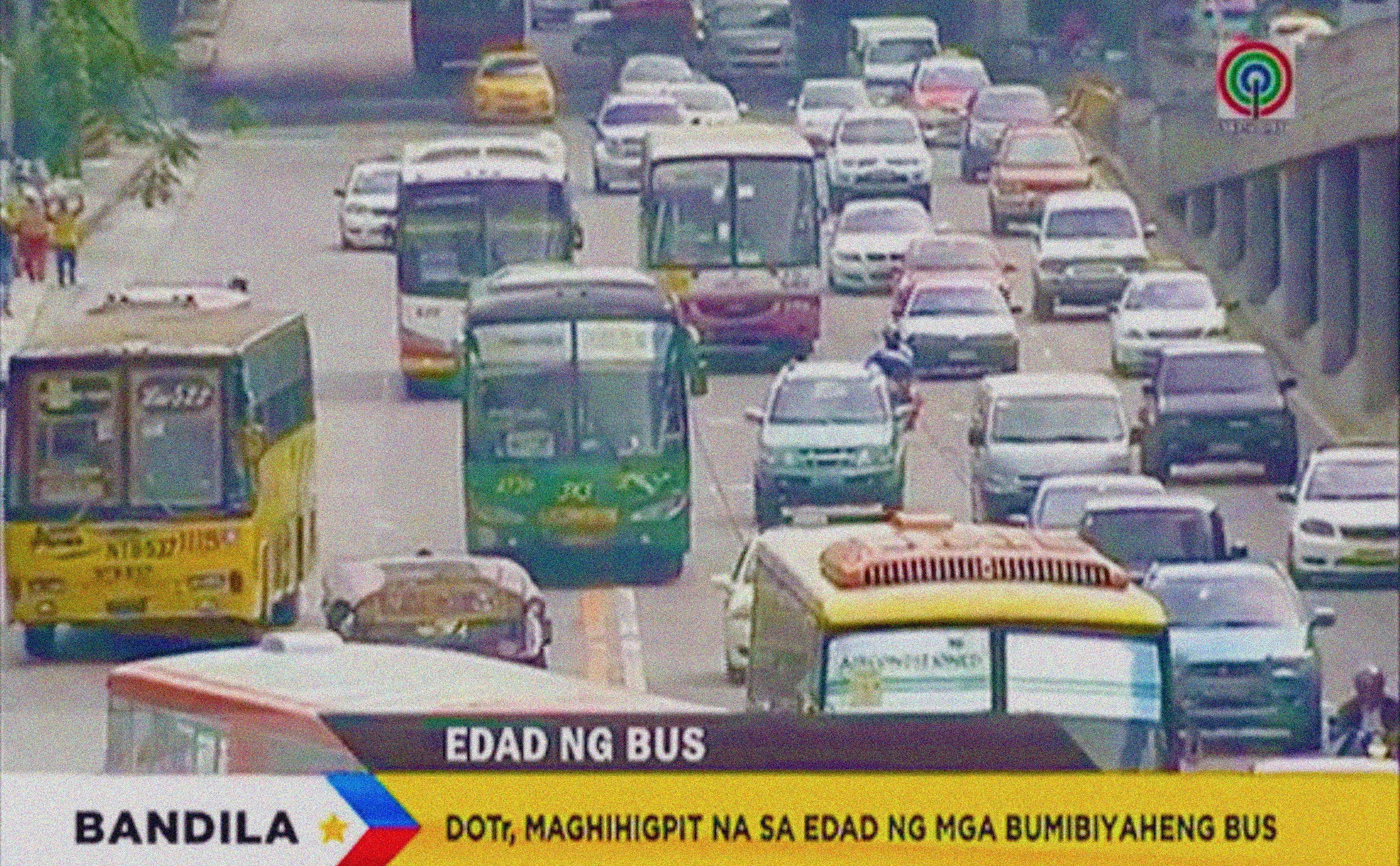As the frequency of road crashes continues to increase, the government has yet to create an integrated database for drivers and pedestrians struck and killed by vehicles. Tuning and synchronizing these databases is the key to accurate reporting of road crashes in Metro Manila.
Miguel Paala, World Bank consultant, said road crash databases in the country have questionable and incomplete data since most government agencies do not include important details in the report such as the names of the drivers or the passengers injured or killed in the road crash.
Paala cited in particular the databases of the Metropolitan Manila Development Authority (MMDA), Philippine National Police, Department of Public Works and Highways (DPWH), and the Department of Health (DOH).
He said road crashes are under-reported since these government agencies do not provide complete data and analysis.
Road crashes amount to 2.6 percent loss in Gross Domestic Product in the country.
In Metro Manila, there is an average of 262 crashes daily or 11 crashes per hour.
Data from the MMDA showed that the number of road crashes in Metro Manila has increased from 95,615 in 2015 to 109,322 last year.
In its Metro Manila Accident Recording and Analysis System (MMARAS) report last year, the MMDA said 426 of the 109,322 road crashes last year were fatal while 16,416 were non-fatal.
Most fatal accidents happened during January with 45 cases and December with 42 cases. It is important to note that these months have the most number of holidays, including Christmas Day and New Year’s Eve.
Majority of the fatal accidents were recorded in Quezon City with 116 cases followed by Manila with 66, and Caloocan with 36 cases.
The report also showed that 195 pedestrians died in a road crash last year, 194 drivers, and 57 passengers while 10,233 drivers were injured, 5,730 passengers, and 4,913 pedestrians.
The MMDA said 40,823 road crashes occurred during nighttime from 6 p.m. to 5:55 a.m. while 68,499 cases occurred during daytime from 6 a.m. to 5:55 p.m. While majority of the road crashes last year occurred during day time, most fatal accidents happened during night time and during wee hours.
The MMDA’s Metrobase monitors traffic incidents in the metropolis using 300 high-definition closed-circuit television cameras (CCTV) installed in strategic areas. At present, the MMDA has only nine data researchers who gather data on road crashes.
MMDA personnel record road crashes in a logbook daily. They write the location, time, and plate numbers of the vehicles involved. Since the MMDA manually records road crash incidents, it takes time for the agency to analyze the data since Metrobase personnel need to encode each item on spreadsheets.
Paala said the MMDA should directly encode road crash data into its database called the MMARAS since the blue books are vulnerable to loss.
He said the DPWH discontinued recording data for its Traffic Accident Reporting and Analysis System (TARAS) in 2014 since data gathering was tedious. Meanwhile, the DOH’s Online National Electronic Injury Surveillance System (ONEISS) contains only details of injured persons and fatalities.
While the PNP has its E-Blotter System where it contains details about the victim, suspect, and narrative of the incident, the data is not open to the public and it does not include the cause of the crashes.
The Department of Transportation (DOTr) recently launched an online platform called the “Data for Road Incident Visualization Evaluation and Reporting” (DRIVER), which is a web-based and open-sourced database for geo-spatially recording and analyzing road crashes.
Transportation Assistant Secretary for Land Transport Mark De Leon said the agency opened the database to provide accurate and reliable information on road incidents. De Leon also said that with the Philippine Road Safety Action Plan 2011-2020, the agency is committed to reduce road crashes by 50 percent.
The DRIVER website’s home page contains two maps indicating the severity of road crashes in the country. It also provides details on economic loss and the number of road crashes.
Data from DRIVER showed the government lost P1 billion for the past 90 days due to road crashes. Of the total P1 billion, the government spent P630 million for injured motorists and pedestrians and P55 million for casualties.
The database also recorded 2,506 road crash incidents for the past 90 days.
DRIVER collects data from the MMDA, PNP, and local traffic units.
The online platform contains the date and time of the incident, exact location, weather, severity of the road crash (injured or dead), collision type (side swipe, bumped from behind, and multiple collision), and the main cause (vehicle defect, road defect, human error, and others).
While there are new databases on road crashes, the categories posted on the website are vague, particularly those under the “main cause” tab.
The “main cause” tab does not specify the cause of the crash. Human error does not indicate the action committed by the motorists such as speeding or driving under the influence of alcohol or drugs.
The same goes for the other categories such as vehicle defect and road defect. The website does not include the root cause of the road crash like wrong lane markings, blind corners, curves, equipment failure or brake failure.
The DOTr, DPWH, DOH, MMDA, Department of Interior and Local Government (DILG), Department of Education (DoE), Department of Trade and Industry (DTI), and the Public Information Agency (PIA) are the institutions involved in road safety.
While the DOTr is the lead agency on road safety, Atty. Sophia San Luis, executive director of ImagineLaw, said the agency cannot compel local government units to enforce road safety laws since the DOTr’s mandate is limited.
These dilemmas show that data collection and analysis seem to be neglected in the context of road safety.
Two weeks ago, the DOTr held the Idea Hack contest for information-technology professionals, digital media experts, mobile app developers, and road safety advocates to create strategies that will help the government in improving data gathering on road crashes.
According to the World Health Organization, road crash statistics are important for timely analysis of programs and for the development of road safety measures.
Paala said government agencies should combine data to look for patterns related to road crashes and create programs or interventions to prevent tragedies.
This story was first published at Malaya Business Insight. It was produced under the Bloomberg Initiative Global Road Safety Media Fellowship implemented by the World Health Organization, Department of Transportation and VERA Files.




